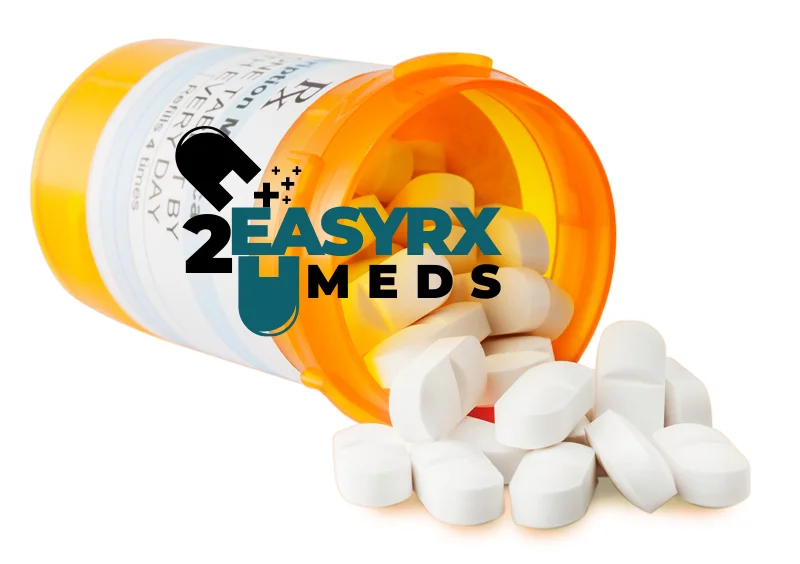There is no item in your cart
What do you know about Nucynta?
Nucynta vs oxycodone is the brand name for tapentadol, a prescription pain medication used to treat moderate to severe pain. It is an opioid analgesic, meaning it works on opioid receptors in the brain to reduce the perception of pain, but it also has norepinephrine reuptake inhibition properties.
- Forms and Strengths:
- Nucynta vs oxycodone is available in immediate-release (IR) and extended-release (ER) formulations.
- The immediate-release version is used for acute pain, while the extended-release version is designed for chronic, long-term pain management.
- Mechanism of Action:
- Tapentadol acts as an agonist on the mu-opioid receptors, similar to other opioids, which helps relieve pain.
- It also inhibits the reuptake of norepinephrine, which contributes to its analgesic effects and may reduce the risk of certain side effects commonly seen in other opioids.
- Uses:
- Nucynta vs oxycodone is often prescribed for acute pain, such as pain from surgery or injury.
- The extended-release form is sometimes used for managing chronic pain, especially in cases where other pain medications haven’t worked as effectively.
- Side Effects:
- Like other opioids, Nucynta vs oxycodone can cause side effects such as drowsiness, nausea, vomiting, constipation, dizziness, and respiratory depression (slowed breathing).
- It has a risk for abuse, dependence, and addiction, especially when used in high doses or for long periods.
- Warnings and Precautions:
- It is a controlled substance (Schedule II in the U.S.) because of its potential for misuse and addiction.
- IT should be used with caution in patients with a history of substance abuse, respiratory issues, or mental health disorders.
- Interactions:
- It can interact with other medications, including other opioids, benzodiazepines, antidepressants, and certain anticonvulsants, increasing the risk of side effects or overdose.
- Combining it with alcohol or drugs that depress the central nervous system can be particularly dangerous.
- Effectiveness:
- Tapentadol may be as effective as oxycodone or morphine for some patients but with potentially fewer gastrointestinal side effects (like constipation).
Benefits:
1. Dual Mechanism of Action:
- Opioid Activity: It acts on the mu-opioid receptors in the brain, similar to other opioids, to provide strong pain relief.
- Norepinephrine Reuptake Inhibition: It also inhibits the reuptake of norepinephrine, which enhances its pain-relieving effects, particularly for certain types of pain like neuropathic pain. This mechanism may help improve pain control without increasing the opioid dose.
2. Effective for Moderate to Severe Pain:
- It is effective for acute pain (such as post-surgical pain or injury-related pain) and chronic pain (like severe osteoarthritis or lower back pain).
- It is used when other non-opioid pain relievers, like NSAIDs (ibuprofen, naproxen), are insufficient.
3. Potential for Fewer Gastrointestinal Side Effects:
- Compared to traditional opioids like oxycodone or morphine, it may cause less constipation and nausea, which are common opioid-related side effects. This can make it more tolerable for long-term use.
4. Improved Pain Control for Neuropathic Pain:
- Due to its norepinephrine reuptake inhibition, it may provide more effective relief for neuropathic (nerve) pain, which is typically harder to treat with standard opioids. This can be particularly beneficial for patients with conditions like diabetic neuropathy.
5. Extended-Release Formulation for Chronic Pain:
- It is available in an extended-release (ER) formulation, which provides long-lasting pain control for patients with chronic conditions. This can reduce the need for frequent dosing and provide more consistent pain relief throughout the day.
6. Lower Risk of Certain Side Effects Compared to Stronger Opioids:
- While it still carries a risk of side effects typical of opioids, it may have a lower risk of severe respiratory depression (slowed breathing) compared to some stronger opioids, making it a safer option in certain situations.
7. Potential for Less Tolerance Build-up:
- Some studies suggest that tapentadol may cause less tolerance build-up over time compared to other opioids. This means that patients may not need to increase their dose as frequently to achieve the same level of pain relief.
8. Alternative for Patients with Opioid Sensitivities:
- Its combination of opioid and norepinephrine inhibition mechanisms makes it a valuable alternative for patients who experience intolerable side effects or insufficient relief from traditional opioids.




Reviews
There are no reviews yet.